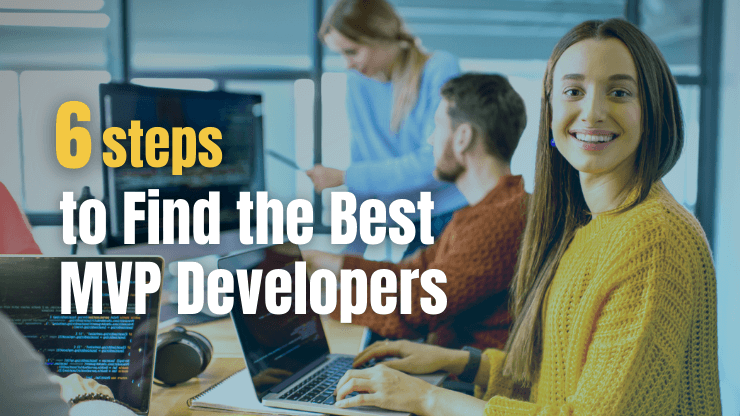SaaS to Analyze Procurement Processes for Emissions Impact
Building a SaaS product that leverages AI/ML to analyze procurement processes for Scope 3 emissions impact
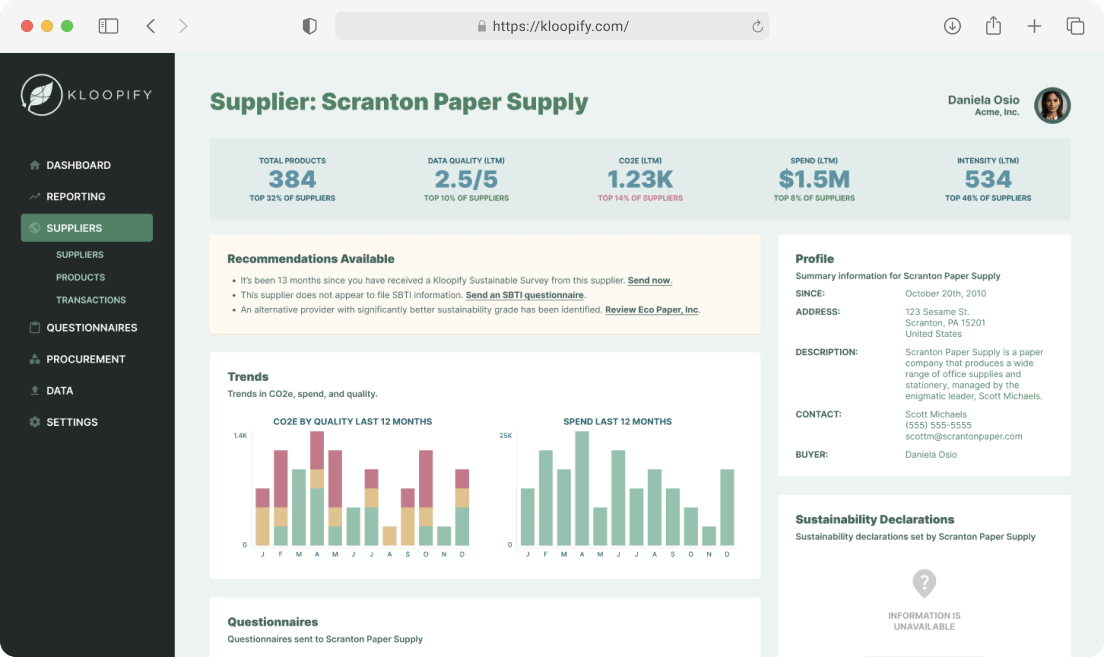

Launch MVP in record time! With our team’s ready-to-use UI design system and pre-coded MVP modules, you’ll get a working product in weeks, collect user feedback, and adapt on the fly to secure immediate market traction.
Kickstart your project with our proven boilerplate approach and get more functionality for your budget without sacrificing quality!

A smarter way to build your software—faster, cost-effective, and reliable.
A production-grade, scalable foundation with essential features already in place—saving you months of development time while ensuring reliability, performance, and faster delivery.
We apply AI tools across the entire Software Development Lifecycle (SDLC) to automate repetitive tasks, accelerate delivery, and free up developers to focus on high-impact work.
Our experienced developers specialize in Domain-Driven Design (DDD) and Vertical Slice Architecture—ensuring your MVP is well-structured, user-friendly, and built to scale.
Get started in just one day with fast setup and smooth onboarding. Our streamlined process ensures quick team integration and immediate focus on building real product value.
A pre-built, high-quality foundation designed to fast-track your MVP development.
Get a head start without sacrificing quality!
💎 $2,500+ Value You Get For Free
⏰ 1 Week Saved

$5,000+ Value You Get For Free
2 Weeks Saved

$8,000+ Value You Get For Free
3 Weeks Saved

$3,000+ Value You Get For Free
1 Week Saved
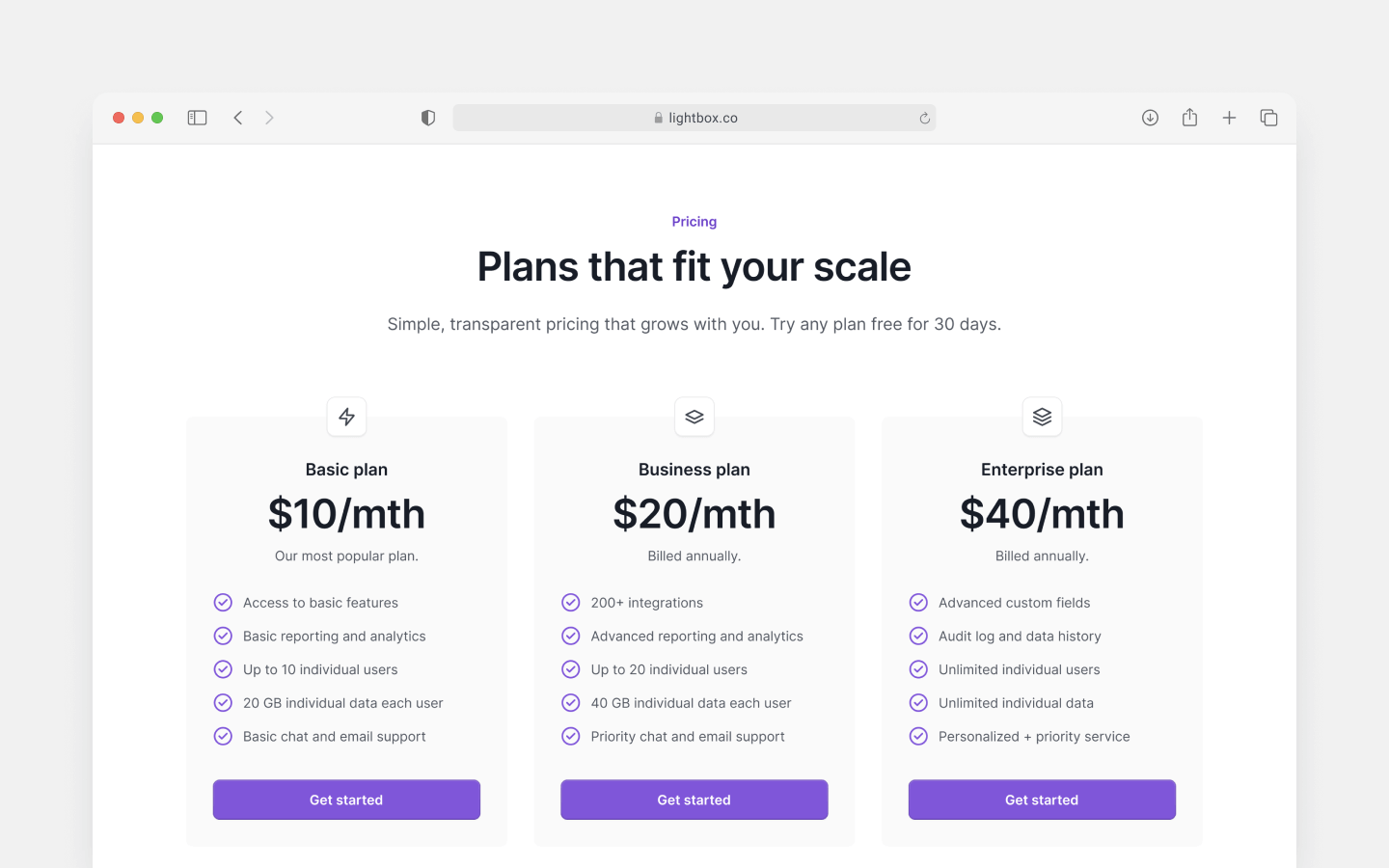
$10,000+ Value You Get For Free
2 Weeks Saved
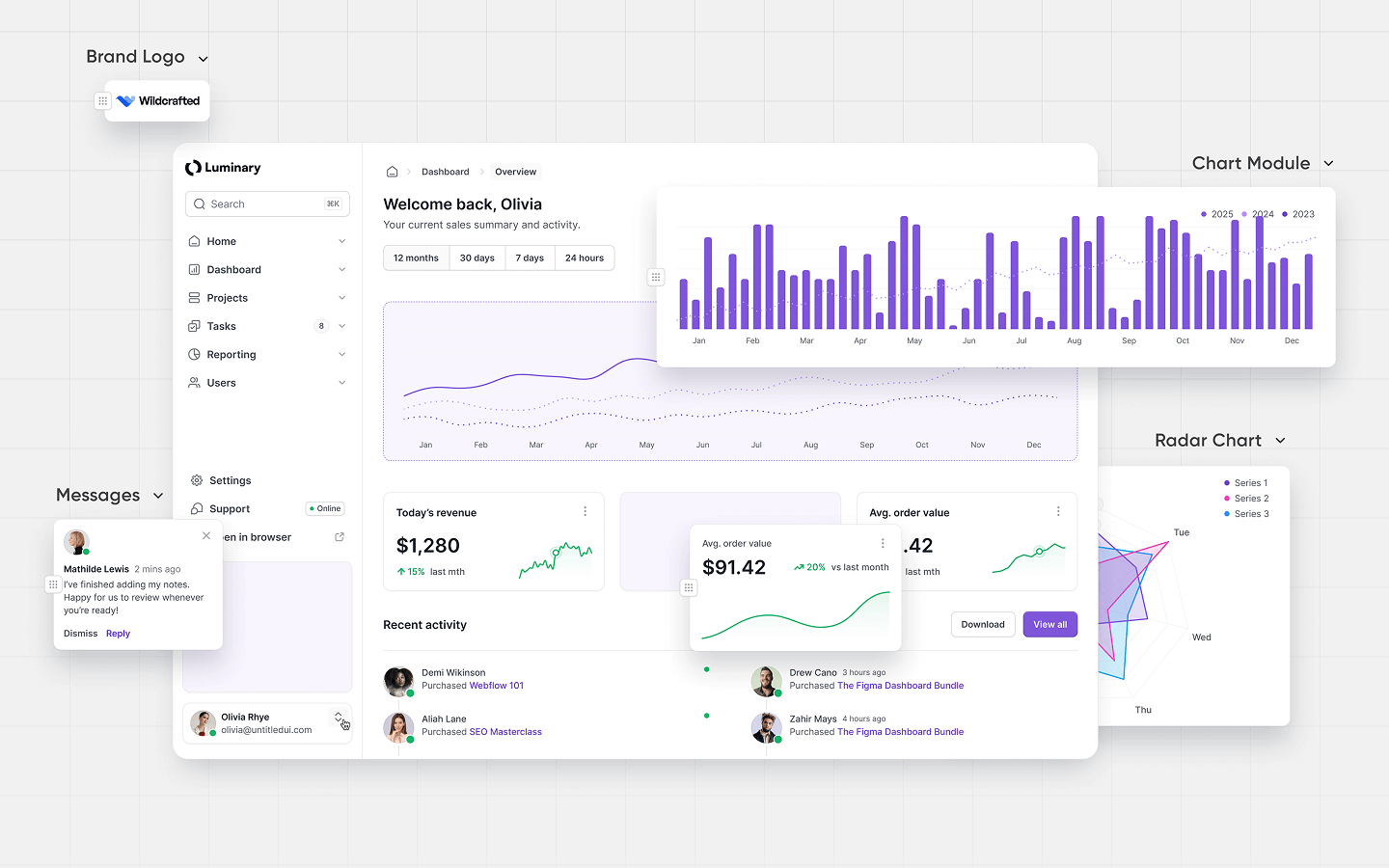
We offer clear, scalable MVP packages tailored to your business stage.
No hidden fees, no guesswork — just expert product development delivering value at every step.
Pick your package | Small$5,000Validate your idea quickly with minimal cost Let’s talk | Medium$15,000Go beyond PoC and build a robust MVP for users Let’s talk | Large$30,000For startups aiming for a production-ready MVP Let’s talk |
|---|---|---|---|
| Pre-Coded Boilerplate Modules | ✅ | ✅ | ✅ |
| Solution Architect and Designer | — | ✅ | ✅ |
| Project Specification | — | High Level | Detailed |
| Core User Journeys | 1 – 2 | 3 – 4 | 5 – 6 |
| Reporting | Weekly updates | Weekly progress report + Dedicated Manager | Weekly progress report + Dedicated Manager |
| Delivery Time | 1 – 2 weeks | 3 – 5 weeks | 7 – 10 weeks |
Traditional software development — especially building from scratch — is slow,
expensive, and often leads to compromised quality.
Traditional Software Development
Our Boilerplate Approach

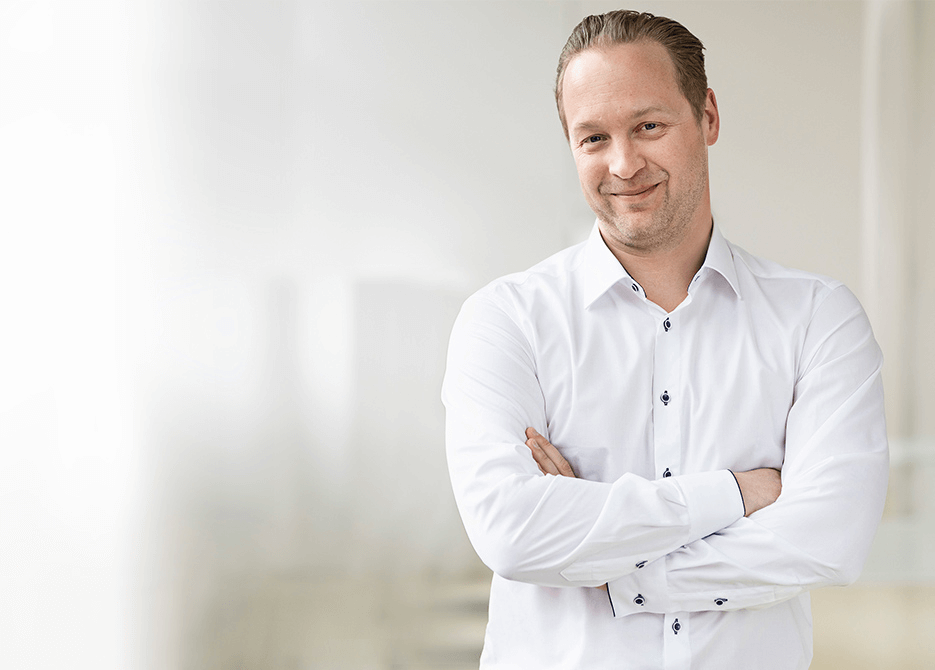
We’ll help shape your business idea into a strategic MVP plan with a clear budget, timeline and project scope that meets your business goals. You'll feel confident knowing you have locked in a well-documented development plan.
Great design is at the heart of a successful minimum viable product. Our team will design a modern UX that prioritizes your product goals, industry usability standards, and the specific needs of your target market.
From thorough market research to final product development, our development team uses agile methodologies to bring your vision to life, so you can focus on what matters most: your business strategy.
Support doesn’t end at launch. Our DevOps engineers will set up and configure a continuous integration and delivery (CI/CD) pipeline aligned to your software delivery processes, ensuring a seamless user experience.
We partner with entrepreneurs, business and technology leaders to bring their innovative software-driven products, processes, and business ventures to life.












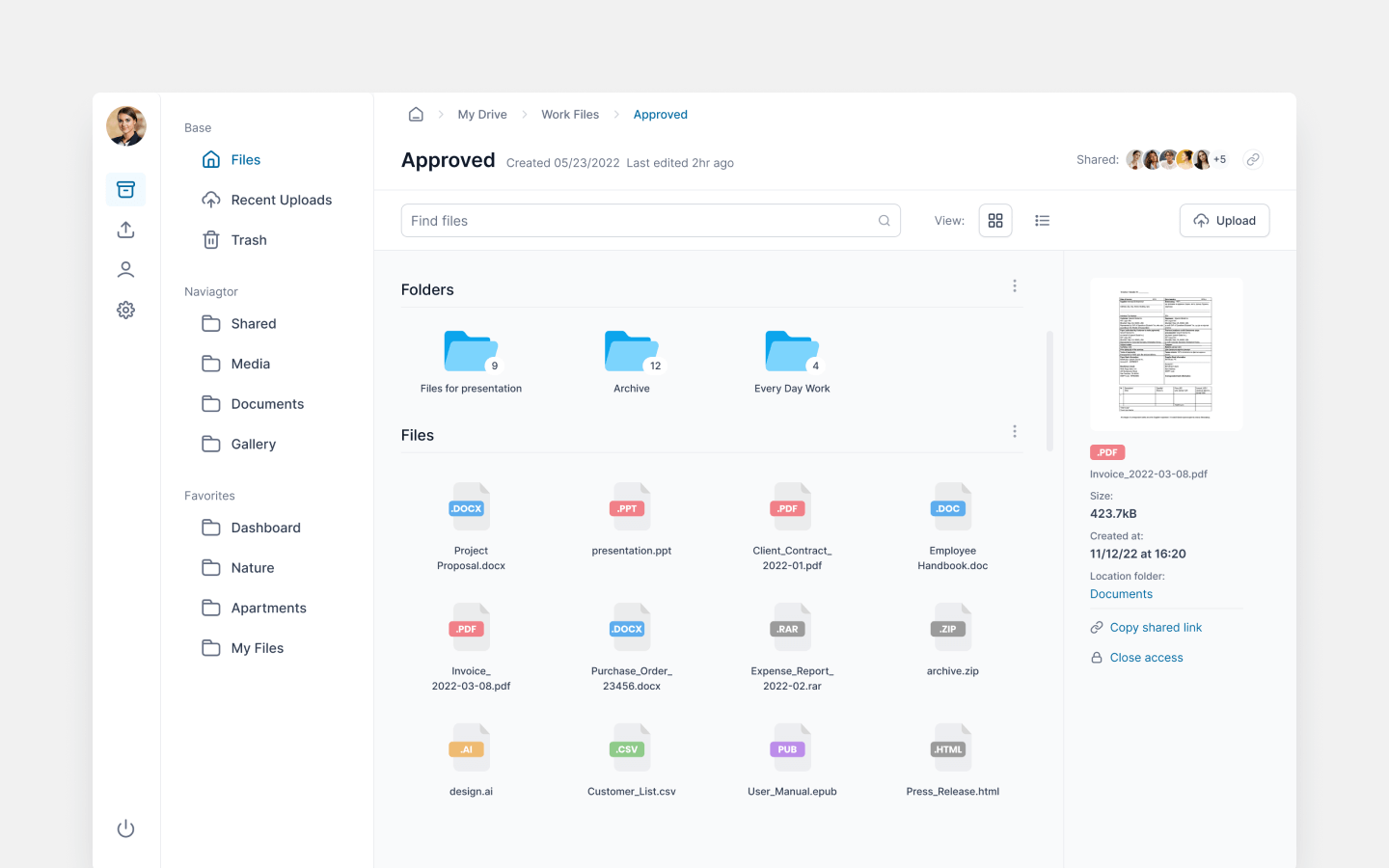
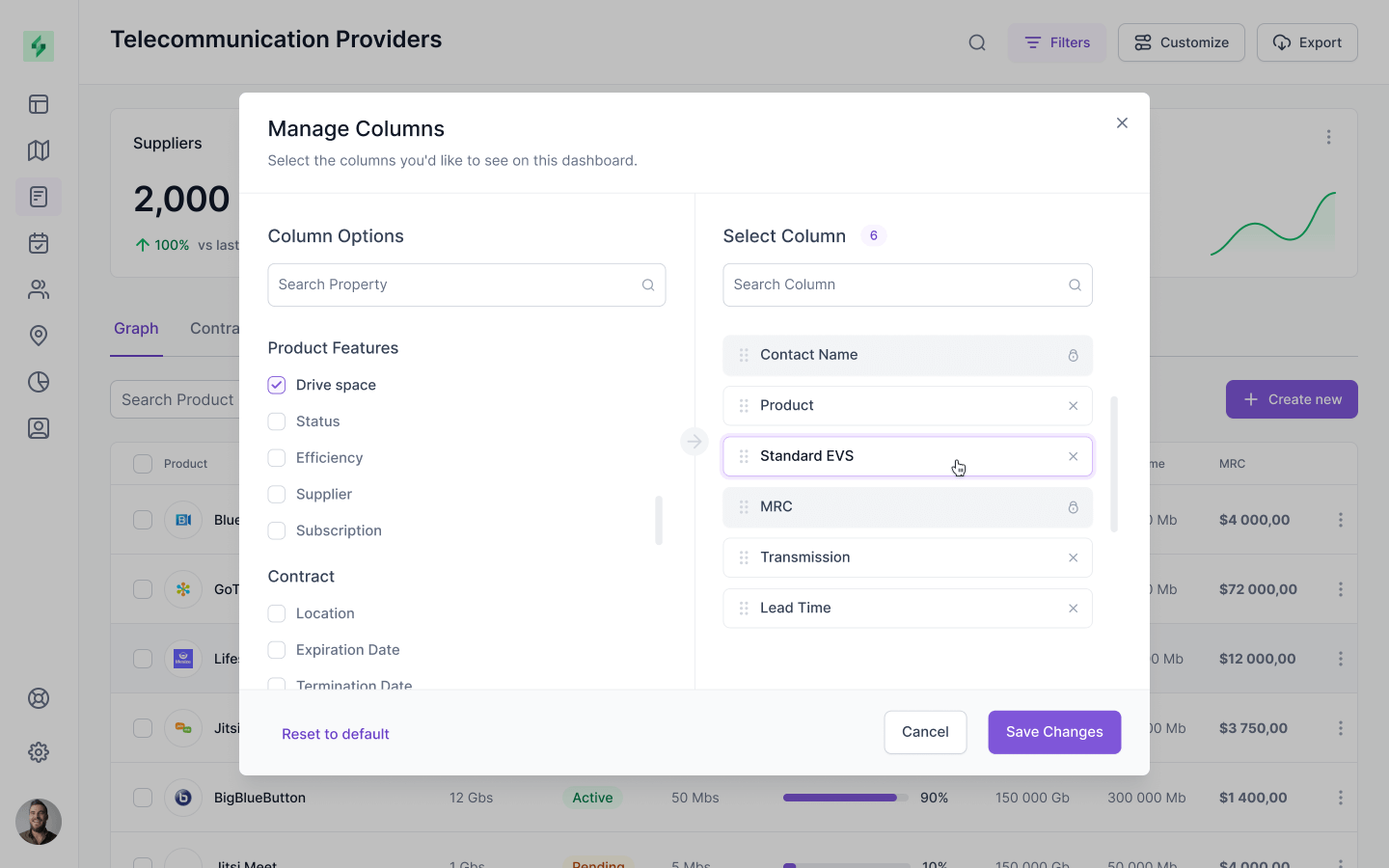



Building a SaaS product that leverages AI/ML to analyze procurement processes for Scope 3 emissions impact

Platform architecture design, React Native mobile apps, Python backend web app development, testing, and QA of a learning experience MVP

Designing and building an analytics platform tailored for the marine industry, featuring data import, visualization, and an admin panel to manage users and system parameters
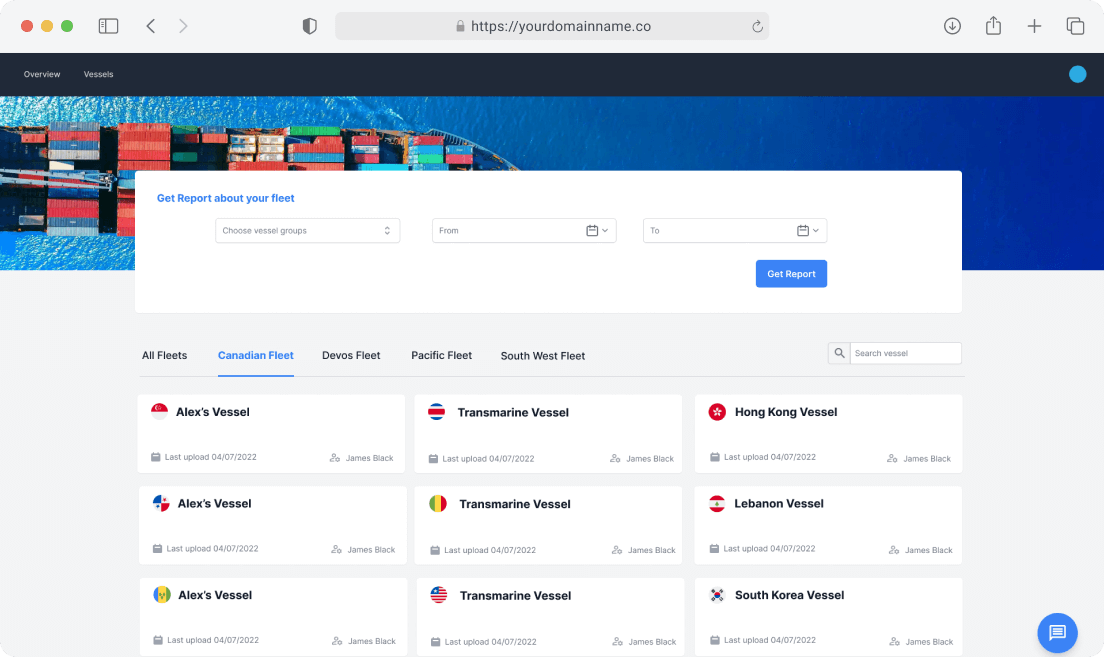
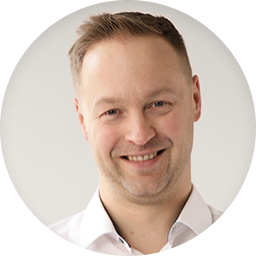
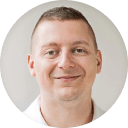
Before embarking on building a minimum viable product, you need to be really clear on what your value proposition is:
Step 1: Define the customer’s problem
A problem well stated is a problem half solved. If you don't know what problem your potential customers are trying to solve, you won't be able to build a product that meets their needs. By understanding the problem your customers are trying to solve, you can build a product with a user flow that is exactly what they need - nothing more and nothing less.
To get to the heart of your customers’ pain points, try asking these questions:
Step 2: Find a gap in the market
With your customer pain point in hand, it’s time to think more in depth about how the market is currently addressing (or attempting to address) this pain point. The reason this is so important is because your value proposition will be directly related to the other options customers have.
You need to understand what you’re up against and - ideally - find a gap in the market that you can fill when you build an MVP. To do this, we need to evaluate the competition by looking at the products that are already on the market and determine what your product will offer that is different or better. It can also be helpful to look at the pricing of similar products and decide where your product will fit in. Keep in mind:
Sometimes it’s about solving a customer pain point better or more directly.
Sometimes it’s about solving a customer pain point in a new or different way.
Sometimes it’s about solving a customer pain point at a lower cost.
Think about what your strategy is going to be. Your focus might be on solving the pain point more directly AND at a lower cost. Or - you may be solving a customer pain point in a new way that helps to reach a new segment of the market.
Step 3: Measure the gain/pain ratio
One of the most effective exercises for evaluating a value proposition is by measuring the gain/pain ratio, which compares the benefits obtained from using your idea versus the cost to switch to your solution.
Essentially, the gain/pain ratio is the ratio of the benefits of a proposed action to the costs or drawbacks of that action. It is used to help make decisions about whether to proceed with a particular course of action.
A high gain/pain ratio indicates that the benefits of the action are greater than the costs, while a low gain/pain ratio indicates that the costs are greater than the benefits. Some potential gains and pains include:
Step 4: Build the value proposition
At this point, you’ve deeply understood your customer’s pain points, found a suitable gap in the market, and measured your proposed solution using the gain/pain ratio. Now, it’s time to take your ideas and formulate a clear value proposition statement that will be at the heart of your MVP’s user flow.
A few tips as you develop your own value proposition statement:
Step 5: Find the simplest way to solve the problem
Now it’s time to work out how to build a minimum viable product using that value proposition statement. You may already have some ideas of what your product could look like, but before you get too far, we propose you focus on providing the simplest solution to your customer’s problem.
Far too often companies over-complicate or over-engineer a solution. They fall into the trap of “feature overload” - trying to add every possible feature a customer could want. But this only leads to a confusing product and expensive development costs. On the other hand, when you create a simple solution you see the following two major benefits:
So how do you avoid feature overload and build a minimum viable product that resonates with customers?
The short answer is: embrace the idea that your minimum viable product will not be your final product. You will add more features later. You will make changes and find ways to optimize your product. Don’t try to make your MVP perfect. In fact, if it is, you probably spent far too long in development!
Read More: Building a Minimum Viable Product in 5 Steps [+ Template]
After over a decade of delivering MVPs for startups, we’ve refined our proven, step-by-step approach to fast-track your product launch—often in just a few weeks. Our process leverages a robust, production-grade boilerplate, a large library of ready components, and AI-enhanced coding to ensure quality and speed:
Step 1. Describe your needs
Every project begins when you share your MVP requirements via our contact form or by scheduling a consultation. Our team — with decades of IT and startup experience — reviews each enquiry to align your project with the perfect development team and the possibility to leverage pre-built modules.
Step 2. Project analysis
Our team zooms in and performs a comprehensive analysis of your software requirements and priorities. Through collaborative workshops, we dive deep into the project scope, key stakeholders, user journeys, technical risks, and more.
Step 3. Get a proposal
Based on your requirements, we’ll put together a detailed project proposal, including a cost breakdown and timeline estimation to ensure full transparency and clarity. Key milestones and deliverables for your MVP project are outlined and we share the profiles of the proposed team members, so you get insight into the expertise and skills they bring to your project.
Step 4. Kick-off your project
After you’ve approved our proposal, we handle all the logistics and get your dedicated development team right to work. We mark the official start of the project with a kick-off meeting to align on project logistics and establish communication protocols.
Step 5. Development
Our Engineering Managers and QA engineers drive the development sprints, ensuring that your MVP is built on a scalable, modular architecture. In this phase, we leverage our production-grade boilerplate codebase and AI-assisted coding to automate repetitive tasks, allowing our team to deliver your MVP quickly without compromising quality.
Learn More: How We Work - Dedicated Development Teams
The size and scope of a project are the most important factors when budgeting for MVP development services. A small, simple MVP might take a few weeks and cost only a few thousand dollars. A larger, more complex MVP could span several months and tens of thousands of dollars.
By leveraging our boilerplate approach with pre-coded modules (worth $40,000+) and AI-assisted coding, you can save 30–40% on typical MVP development cost. Here are three packages we offer:
Get in touch today, we’ll help you select the right package and prepare a FREE quote tailored for your project.
MVP software development is a complex process, and quality control is essential for successful delivery. At SoftKraft, we ensure quality control throughout your work with us in a number of ways including:
Learn more about our Commitment to Quality.
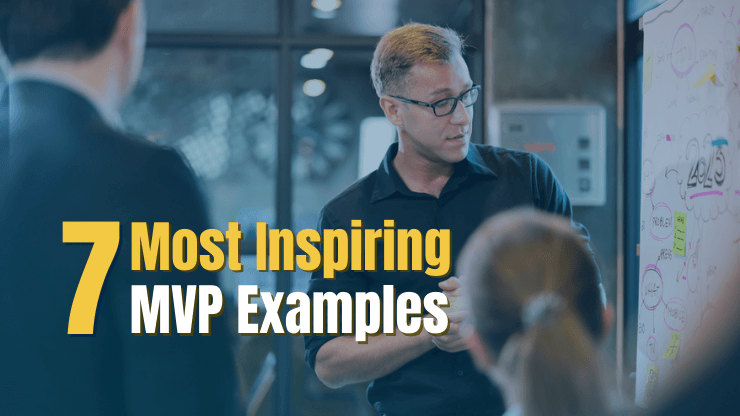
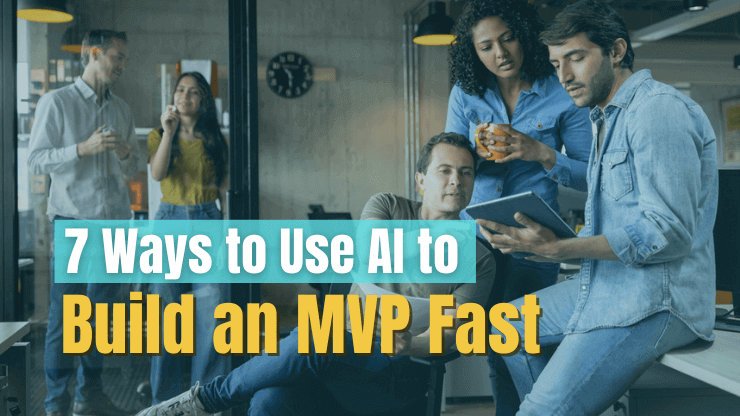
![Building a Minimum Viable Product in 5 Steps [+ Template]](/uploads/blog/how-to-build-a-minimum-viable-product/how-to-build-a-minimum-viable-product.png)
![Product Validation — 12 Ways to Test Your Product [with Examples]](/uploads/blog/product-validation/product-validation.png)

